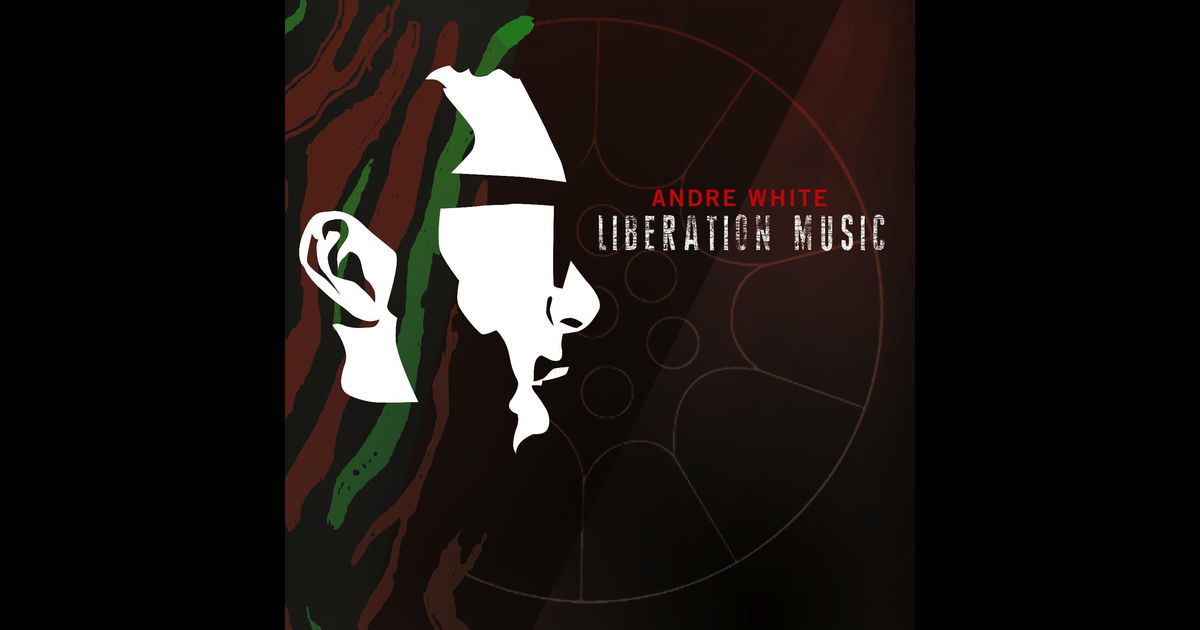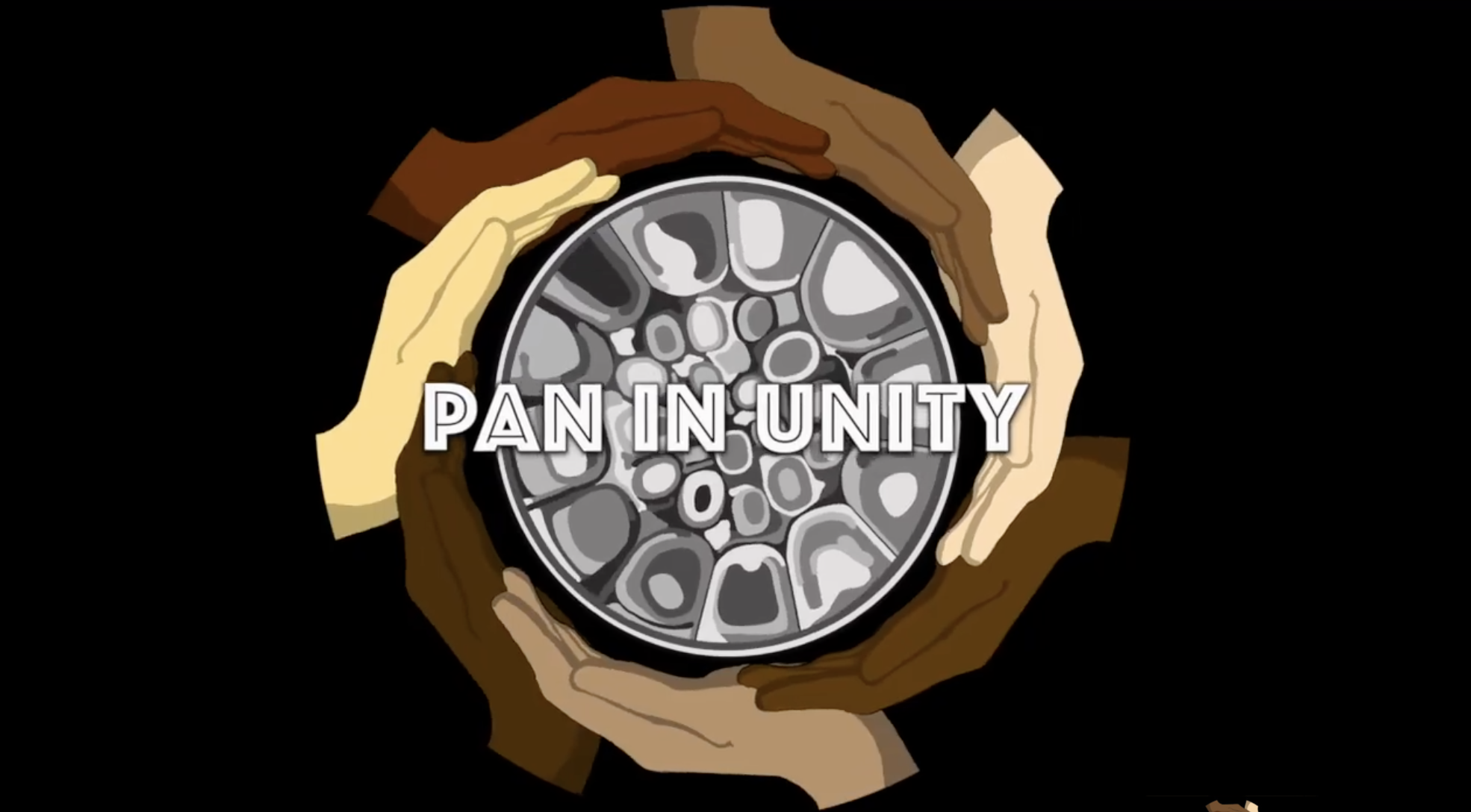Making music is tough. First it takes the dedication of learning an instrument. During this process you begin to understand the interweaving threads of what make up a musical composition. Then, with years studying and practice, you can understand how to create and record your own music. Once you learn the HOW of writing, you must figure out the HOW of producing the music you want.
Let’s face it, making an album where you hire tons of musicians without a studio backing you is nearly impossible without help. In the old days when record companies had all the power with only one channel of which to use to sell music, artists faught to get recognized by those labels. Now, with the seemingly endless ways music can be shared and downloaded via the Internet, albums are a dime a dozen and great music is swept aside, regardless of the artist (except for maybe Adele).
Thankfully, we have crowdfunding, an Internet tool that allows the Average Joe to ask the public at large to help fund a project. That’s exactly what Andre White, steelpan artist and arranger, did to make his artistic vision a reality. UsingKickstarter, White raised $5,000 and was able to make the album he wanted.
With “Liberation Music,” White has created an eclectic blend of Latin, Soul, R&B, Jazz, Reggae and Calypso. Instead of sticking to one genre, the album seeks to define a new direction, not just for White, but for pan as a whole. That idea’s foundation is rooted in the instrumentation, which extends beyond pan and into a traditional jazz band setup with trumpet, tenor sax, keyboard and vocals. Unlike some of his contemporaries, White called up a band in his current home of Brooklyn, N.Y., Pantonic Steel Orchestra, to help him execute his vision. White also received consulting help from pan legend Cliff Alexis and pannists Liam Teague and Mia Gormandy.
The album’s instrumentation is also a reflection of the album’s theme, which is about liberation from rules and the freedom to create given how much of an unexplored landscape the world of steelpan presents today’s musicians.
“The idea of the album came about pretty much around the time I was finishing up school at Berklee [College of Music]. I thought that the steelband community, especially in N.Y., needed another avenue to get its voice heard to the world and have it stapled but in a different way,” White said. “The album explores the ways in which the steelband could be incorporated in the different settings with other conventional instruments. We all know Panorama has been one of the more prime forums for steelbands to exhibit their capabilities, but there can only be one winner and after that there isn’t much else for the average steelpan musician to look forward to or hold at high esteems of accomplishment.”
White’s background is that of a steelpan player and arranger, having arranged and won N.Y. Panorama with ADLIB Steel Orchestra in 2008, the year he graduated high school, as well as arranging for Mangrove Steel Orchestra in the UK Panorama. His arranging and compositional skills are showcased front and center on the album, with White riding a fine line of balancing the use of the steelpan instruments with a variety of solos from the other instruments.
In an attempt to highlight the range of musicianship available to him, White wisely chose to give his musicians plenty of moments to shine with virtuoso solos shining through from tenor sax player Steve Brickman (on the track “Like a Light”), trumpet player Shareef Clayton (on the track “Fela”) and keyboardist Khela Rose (on the track “Algo Diferente’). Adding to those solos is the choice to include each on a track that fits each soloist’s style, which is generally attached to a specific genre. Rose, for example, plays the keyboard with Latin flare on “Algo Diferente,'” which also happens to be my favorite track on the album.
Aside from the solo on that track, which is stylish and effective, the song highlights Whites’ ability to work within a genre while creating something fresh with the patience of a seasoned veteran, building the track with one element at a time and finally hitting a peak with its expansive use of percussion, keyboard and steel orchestra. The track also begins and ends with percussion, including a thrilling drum solo that lands on the final chord.
Not to be lost is White’s own soloing ability, which is highlighted in both his knowledge of jazz improvisational techniques but also in his soulful elegance (on the track “Le Dilettante'”), not just with his relegated improviational time, but with his execution of the melody.
In his final track, the album seems to come full circle with the ambitious and joyful, “Pressure,” which provides anything but to its listeners. In a hybrid style of Soca and Rock, the track is filled with excitement, summing up what White no doubt felt when making the album.
“My goal for this album was to reach people, both musician and non-musician, on a different level musically. I think the instrument is finally ready to start venturing uncharted areas especially in the main stream market. I think guys like Robbie Greenidge, Len ‘Boogsie’ Sharpe, Liam Teague, Andy Narell, and others have brought things to a certain level, but a lot of the generations following are afraid to go the next step. I’ve always been someone to push the envelope and really step outside of the box.”
Perhaps the only major criticism of the album can be said of its ambition, which is considerable. Putting together so many elements is a challenge for even the most expert of recording artists. Given that this is the first attempt of its kind by a young artist on the rise, the album struggles with its sound quality, with the steelband often pushed to the back of the mix to make way for vocals and soloists. While that’s not necessarily a bad thing on some albums, the audio quality of the tracks fails to capture the power and gravitas that each arrangement blatantly exudes. This is likely a result of a stretched budget that, despite the amount of money raised, is simply not enough to create the sound quality modern audiences are used to hearing on their favorite albums. One only hopes that enough people support this effort to allow for future albums to be produced at a higher level.
Despite its shortcomings, the album is, at least in my eyes, a stellar achievement. Few steelpan musicians can say they have done even half of what White has accomplished, especially given his age. Perhaps as his career continues its development, and he obtains a larger budget to work with, we can expect even better things from White, including more genre expansion and what it means to have total musical freedom. To quote a line from the album’s opening track, “Tell me, why can’t we be free?”
“Liberation Music” is currently available for digital download on iTunes and CD Baby. For physical copies, contact White directly through his Facebook page.
Mangrove Steel Orchestra performs Andrew White’s arrangement of “Magic Drum.”










[…] most popular artists, Andre White’s star was still on the rise when he released his debut album, Liberation Music, an exciting multi-genre exploration filled with heart and soul […]